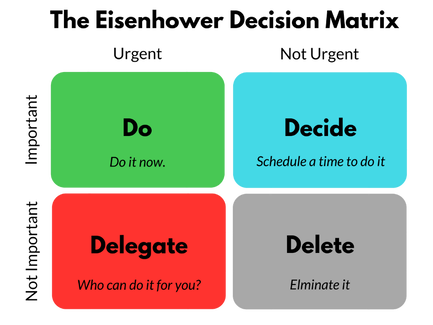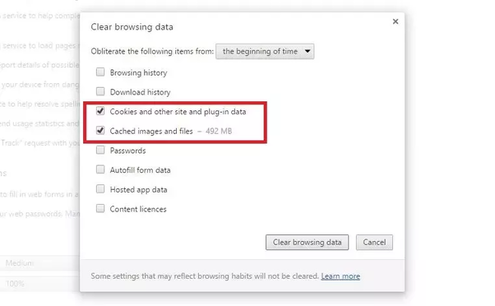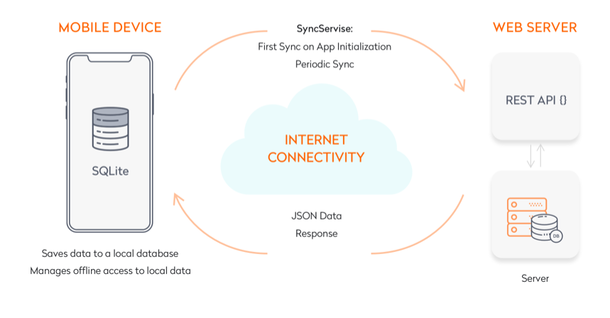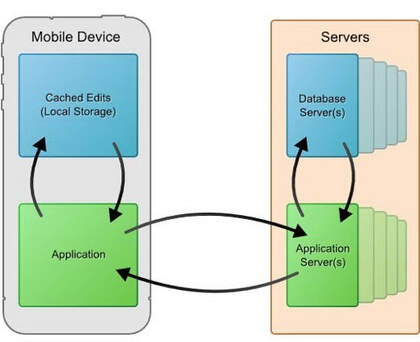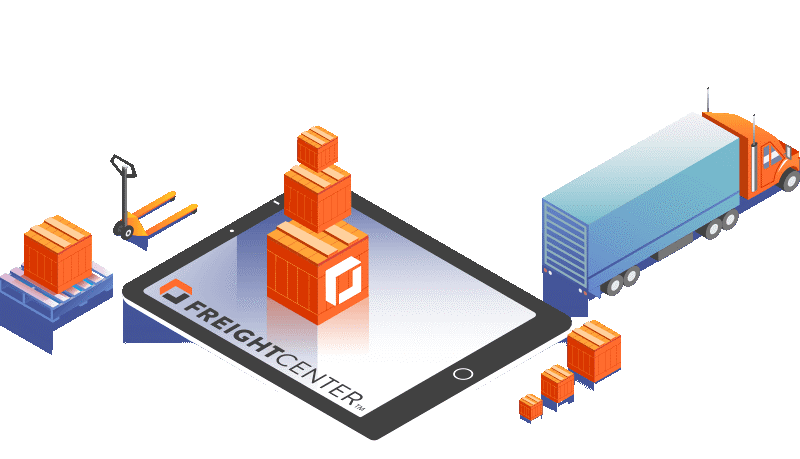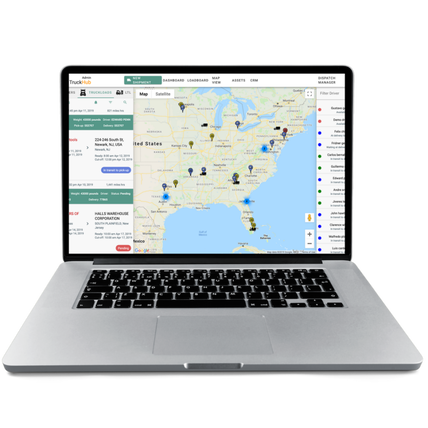Source: https://www.businessofapps.com/data/app-statistics/
Did you know: As of the first quarter of 2019, these app users could choose to download between 2.6 million Android, and 2.2 million iOS apps. And they certainly are choosing: App Annie sets the total number of app downloads in 2018 at 194 billion; up from 178 billion in 2017.
Let’s take a look at 50 mobile app statistics, and what we can look forward to in the year 2020.
General Mobile App User Statistics:
- Total time spent on mobile devices per day: 215 minutes, or three hours and 35 minutes. It’s expected to reach three hours and 49 minutes by 2020.
- Time spent on mobile websites? 13 minutes a day, according to eMarketer. By 2020, that will likely drop to 12 minutes daily.
- Expected mobile ad spending in the future: Over $160 million worldwide in 2019, and more than $186 million in 2020.
Source: https://www.inmobi.com/blog/2019/05/21/52-in-app-advertising-statistics-you-should-know
- There are over 10 Million voice-enabled units in circulation between Alexa and Google Home with over 20% of mobile queries being voice searches in 2018, growing to 10% by 2020.Source: https://quoracreative.com/article/mobile-marketing-statistics
- As consumers spend over 5 hours a day on smartphones, and the number of mobile devices is anticipated to reach 16.8 billion by 2023.
Source: https://www.iflexion.com/blog/mobile-banking-trends
- There will be roughly 7 billion mobile users worldwide, by 2020.
- Annual mobile app downloads in 2022 are projected to reach 258 billion. That’s a 45% increase from 178 billion downloads in 2017.
- App store consumer spending is projected to increase by 92% to $157 billion worldwide in 2022.
- In 2019, the average US adult spent three hours and 43 minutes a day on a mobile device.
- Mobile app users in the United States have over 100 apps installed on their smartphones.
Source: https://www.appannie.com/en/insights/market-data/app-annie-2017-2022-forecast/
- The average mobile user checks their smartphone 63 times a day.
- Source: https://www.bankmycell.com/blog/smartphone-addiction/
- 87% of users will check their phones at least one hour before sleep, and 69 % of those users will check their phones within 5 minutes before sleep.
Source: https://www.bankmycell.com/blog/smartphone-addiction/
- Generation Z (ages 16-24) spends 20% more time and engages with their most-used apps 30% more often than the rest of the population.
Source: https://www.appannie.com/en/insights/market-data/gen-z-redefining-mobile-world-order/
- Mobile apps account for 57% of all digital media usage.
Source: https://www.comscore.com/Insights/Presentations-and-Whitepapers/2017/The-2017-US-Mobile-App-Report
- By 2020, 30% of all B2B companies will employ artificial intelligence (AI) to augment at least one of their primary sales processes.
- By 2020, Facebook predicts that more people are predicted to have mobile phones than running water or electricity at home. An estimated 3 billion people will gain access to mobile phones by 2020.
Source: https://blog.hootsuite.com/social-media-2020/
- 83% of enterprise workloads will be in the cloud by 2020.
- The global mobile workforce is expected to reach 1.87 billion workers (over 42 percent of the global workforce) by 2022.
Source: https://www.ibm.com/topics/mobile-workforce
Voice-based Apps
- 50% of all online searches will be voice-based by 2020.
- 30% of all web browsing sessions will be done without a screen by 2020.
- 55% of households are expected to own smart speaker devices by 2022.
- Global voice commerce is expected to be worth $40B by 2022.
- Voice commerce is expected to jump to $40B by 2022.
Source: https://99firms.com/blog/voice-search-statistics/#gref
Banking Mobile Apps
- eMarketer expects that by 2022, almost 78% of the US millennial population will become digital banking users.
- By 2021, credit cards, debit cards, and mobile wallets are projected to surpass cash at all point of sales.
- By 2020, the expected fraud losses incurred on credit, debit, and pre-paid cards could surpass $12 billion.
Source: https://www.iflexion.com/blog/mobile-banking-trends
- By 2020, 90% of smartphone users will have made a mobile payment.
- By 2022, mobile transactions are projected to grow by 121%, eventually composing 88% of all banking transactions.
- The combined market share of Apple Pay, Samsung Pay, and Google Pay in mobile payment will be 56% by 2021 in the U.S.
- U.S. in-store mobile payments will rise steadily at a 40% compound annual growth rate to hit $128 billion in 2021.
Source: https://carsurance.net/blog/fintech-statistics/
Fintech Blockchain Statistics
- Fully 77% of financial services incumbents responding to a recent survey expect to adopt blockchain as part of an in-production system or process by 2020.
- Global revenue from enterprise blockchain applications is expected to rise from $2.5 billion to $19.9 billion by 2025.
Source: https://carsurance.net/blog/fintech-statistics/
Artificial Intelligence in Fintech Statistics
- Successful banking-related chatbot interactions will grow 3,150% between 2019 and 2023.
- Robo-advisors are expected to manage $2 trillion in assets by 2020.
Source: https://carsurance.net/blog/fintech-statistics/
Extended Reality Statistics
- The extended reality market amounted to $27 billion in 2018 and is expected to expand dramatically in the coming years, with forecasts for 2022 surpassing $209 billion.
- By 2020, 100 million consumers will shop in AR both online and in retail stores.
Source: https://carsurance.net/blog/fintech-statistics/
Food/Restaurant Apps Statistics
- By 2021, more than 20% of US smartphone users will use a food delivery app.
- By 2020, food delivery app usage will surpass 44 million people in the US, reaching nearly 60 million by 2023.
Source: https://www.emarketer.com/content/us-food-delivery-app-usage-will-approach-40-million-users-in-2019
- Orders placed via smartphone and mobile apps will become a $38 billion industry and make up nearly 11 percent of all quick-service restaurant sales by 2020, according to Business Insider Intelligence reports.
Source: https://www.qsrmagazine.com/outside-insights/mobile-ordering-races-38-billion-future
Gaming Apps on Mobile Growth Statistics
- The mobile gaming industry has proven it’s on track to increase market share, with the global industry projected to reach $106 billion by 2021.
- By 2021, mobile gaming (which includes tablets) is expected to account for over half (59%) of the entire gaming market.
- The total number of U.S. mobile gamers is predicted to rise to 213 million by 2020.
- The world’s mobile gaming population is expected to rise from 2.2 billion in 2018 to over 2.7 billion by 2021. China is one of the countries where mobile gaming is most popular, with 459 million total mobile gamers—the equivalent to the U.S and Japan’s populations combined.
Source: https://mediakix.com/blog/mobile-gaming-industry-statistics-market-revenue/
Advertising Statistics
- Global mobile app revenue is projected to generate $582 billion U.S. dollars through paid downloads and in-app advertising in 2020.
Source: https://www.statista.com/statistics/269025/worldwide-mobile-app-revenue-forecast/
- By the end of 2020, it’s projected that Instagram’s ad revenue will make up 30% of Facebook’s total ad revenue.
Source: https://www.smallbizgenius.net/by-the-numbers/social-media-marketing-statistics/
Video Statistics
- 82% of internet traffic will come from video by 2020.
- The number of users viewing video content on a mobile device in the United States is projected to reach 179 million in 2020.
Source: https://www.statista.com/topics/1137/online-video/
Social Media Apps Statistics
- Facebook predicts that by 2020, 80% of smartphone users are projected to be using a mobile messaging app.
Source: https://blog.hootsuite.com/social-media-2020/
- By 2021 mobile users are predicted to spend roughly 47 minutes daily on social network apps.
- The volume of brand-sponsored influencer content on Instagram is projected to amount to 6.12 million posts in 2020.
Source: https://www.smallbizgenius.net/by-the-numbers/social-media-marketing-statistics/
In Conclusion
The year 2020 is going to be a beginning in the revolution of the mobile app industry. Remember, mobile marketing is not an easy task – with hundreds of apps being rolled out every week, it is imperative that you need a plan to break into the market by developing a mobile strategy that best suits your company’s or product’s business objective.
Breaking into the mobile market is an iterative process that requires in-depth research, extensive planning, and unbeatable dedication. If you need a helping hand to design and launch your app and take a piece out of the cake in 2020, get in touch with the App Scoop mobile app development Vancouver Team: https://app-scoop.com/contact-us.html





